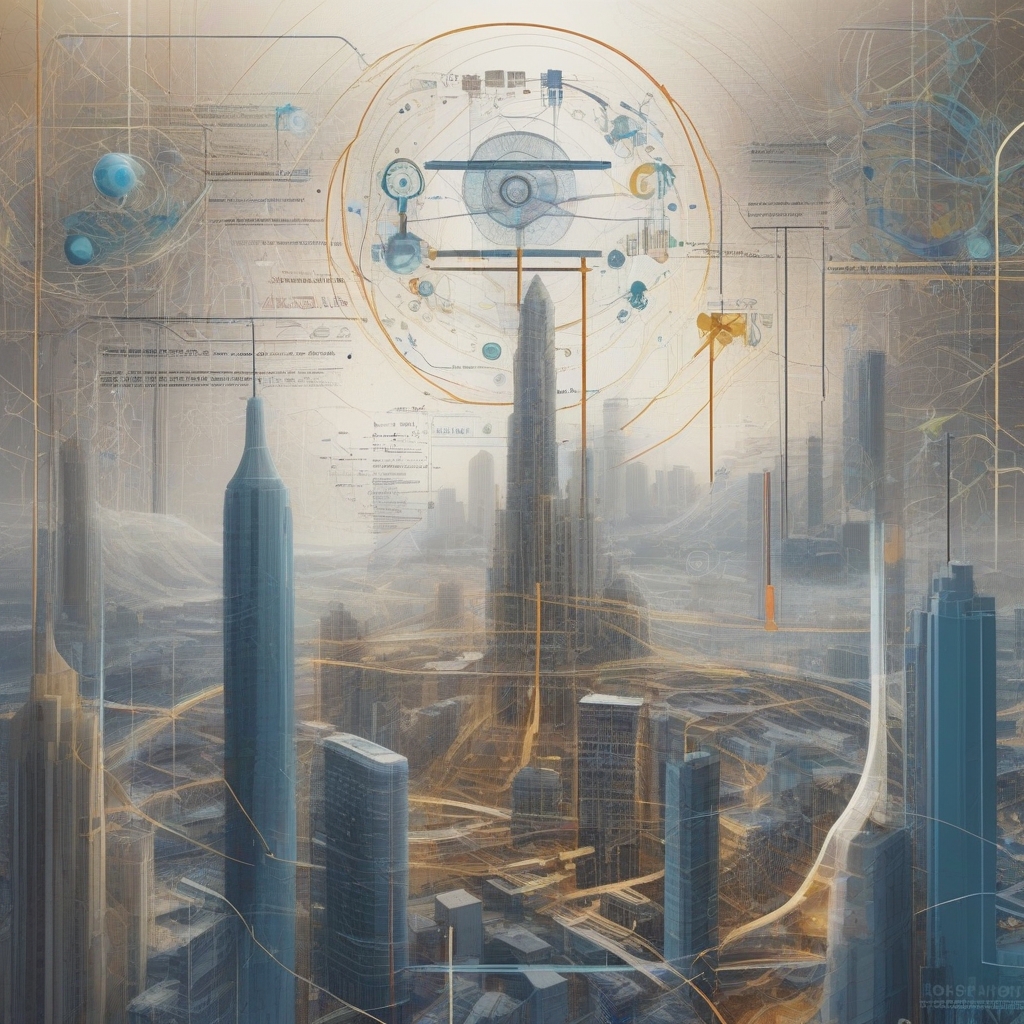The Convergence of Physics and AI
In recent years, the interplay between physics and artificial intelligence (AI) has gained considerable attention. This dynamic synergy has not only revolutionized these fields but also led to significant breakthroughs that were recognized in this year’s Nobel Prize. But how did the convergence of physics and AI come about? What innovations emerged from this fusion, and why is it pivotal to today’s advancements?
The Origins of Physics-AI Synergy
The relationship between physics and AI dates back to when scientists first began to use computational models to solve complex physical equations. The development of these algorithms provided critical insights into various physical phenomena and also set the stage for the AI revolution.
Key developments in this subfield include:
- The use of machine learning to predict outcomes in quantum physics, where traditional calculations proved too resource-intensive.
- Development of neural networks that can simulate the behavior of physical systems under diverse conditions.
- Use of AI to optimize experimental procedures, saving both time and resources in laboratories worldwide.
These early efforts laid the groundwork for the sophisticated AI models we see today, many of which are increasingly being used to tackle deeply rooted physics problems.
Breakthrough Technologies
**Leveraging AI in Physics:**
Physics has traditionally been a data-rich domain. From particle physics experiments to astronomical observations, physicists deal with enormous datasets that can be overwhelming to process using conventional methods. Here is where AI comes into play. AI algorithms, especially machine learning models, have proven exceptionally proficient at identifying patterns and making predictions from large data sets.
The recent Nobel Prize recognized these pivotal breakthroughs:
- Quantum Computing and AI: AI-driven models have dramatically accelerated quantum computing research. These algorithms have improved the accuracy of quantum simulations and optimized quantum circuit designs, crucial for the development of quantum computers.
- Materials Discovery: AI has facilitated the discovery of new materials by predicting the properties of unknown compounds, significantly speeding up the process from hypothesis to realization.
- Cosmology: AI applications in cosmology include mapping the universe, analyzing cosmic microwave background data, and simulating galaxy formations, enhancing our understanding of the cosmos.
Implications for Science and Society
The implications of the physics-AI partnership extend beyond scientific discovery. This synergy not only enhances our comprehension of the physical universe but also fuels societal advancements in technology and healthcare.
In Technology: The integration of AI into physics research has spurred advancements in developing technologies such as improved sensor systems, better imaging technologies, and more efficient energy resources, each with significant societal impacts.
In Healthcare: AI algorithms that originated in physical sciences are now applied in medical diagnostics, predicting patient outcomes, and personalizing treatment plans. This cross-disciplinary approach is leading to more effective healthcare solutions and improving patient care.
The Path to Nobel Prize Accolades
The Nobel Prize reflects humanity’s crowning achievements in various disciplines, and the recognition of the physics-AI synergy underscores its significance. This collaboration embodies a shift toward interdisciplinary innovation, proving that major scientific breakthroughs often arise when diverse areas of expertise coalesce.
This year’s Nobel winners demonstrated how this fusion has led to transformative applications:
- AI-driven Nobel Achievements: By merging AI techniques with classical physics, researchers have pioneered methods that challenge conventional approaches and redefine scientific boundaries.
- A Catalyst for Future Discoveries: The acknowledged work acts as a catalyst, encouraging young researchers to explore interdisciplinary studies where AI and physics intersect, fostering an environment ripe for future breakthroughs.
Looking Towards the Future
Physics-AI synergy marks only the beginning of a broader trend of interdisciplinary research, with the potential to solve complex challenges facing humanity. The ongoing development of AI algorithms tailored specifically for physics applications continues to push the envelope, offering solutions that might one day address global issues ranging from climate change to artificial general intelligence.
Continued Innovations:
As researchers continue to refine AI models and integrate them into physics’ nuanced world, we can expect:
- **Deeper Understanding of Physical Laws:** AI will likely help uncover new insights into the fundamental laws governing our universe.
- **Advanced Computational Models:** Enhanced models that can simulate previously unsolvable problems, providing new avenues for experimental validation.
- **Bridging Gaps in Interdisciplinary Research:** A foundation for further crossover between other scientific disciplines, fostering a more cohesive scientific community.
The fusion of physics and AI is a testament to the power of merging diverse fields to achieve remarkable progress. This year’s Nobel recognition is not just an accolade for specific achievements but a herald of the endless possibilities that lie in the confluence of science and technology. As we continue to explore these frontiers, the future looks increasingly promising, teeming with opportunities for discovery and advancement.

Leave a Reply